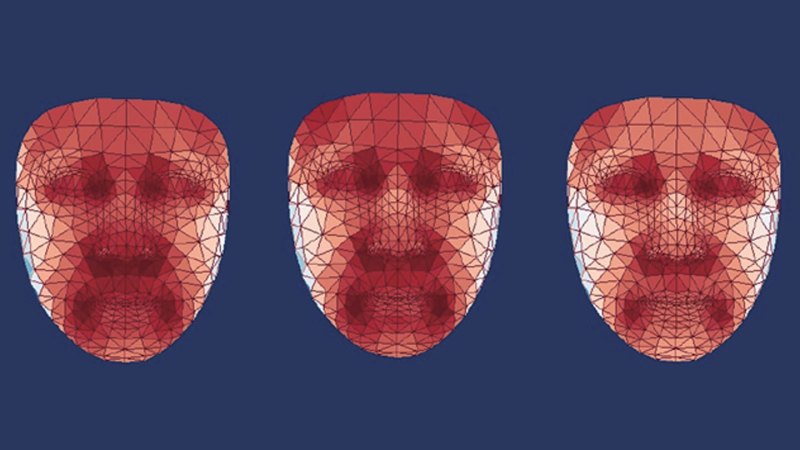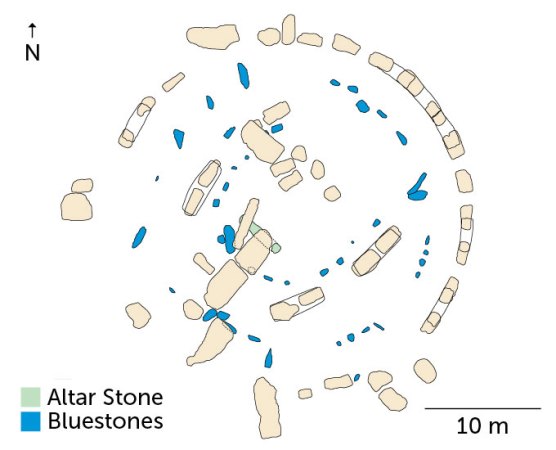
Extreme Climate Survey
Scientific news is collecting questions from readers about how to navigate our planet’s changing climate.
What do you want to know about extreme heat and how it can lead to extreme weather events?
“We can use thermal facial imaging to diagnose these diseases with a pretty good accuracy of about 80 percent,” says computational biologist Jing-Dong Jackie Han of Peking University in Beijing. “The thermal pattern of the face really tells you more about health status.”
Han and her colleagues also found that the temperature of the nose decreases with age at a faster rate than other parts of the face. This suggests that people with warmer noses have a younger thermal age. Meanwhile, temperatures around the eyes tend to rise with age.
“They came up with this idea of determining age based on thermal facial images, and it’s quite innovative simply because it provides an independent estimate of biological age,” says aging specialist Vadim Gladyshev, of Brigham and Women’s Hospital and Harvard Medical School. . School. Thermal facial age may provide another biomarker of aging and a tool for assessing health, says Gladyshev, who was not involved in the study.
The idea that facial temperature is an indicator of health comes in part from traditional Chinese medicine, Han says. Fevers and various infections have also been known to raise body temperature, including parts of the face – just ask any parent who’s touched their child’s forehead to check if they’re sick. Studies have also shown that core body temperature varies with age, metabolic state, and metabolic disease. Facial heat maps can also detect post-traumatic stress disorder (SN: 26.3.14). But whether facial thermal patterns can be used to estimate biological age and metabolic diseases was not investigated (SN: 7/7/15).
An analysis of the participants’ blood samples provided some clues as to why the heat map was so revealing. For example, the increase in temperature around the eyes and cheeks was largely due to increased cellular activities associated with inflammation, such as repairing damaged DNA and fighting infections.
It’s unclear whether the tool, called ThermoFace, would work the same with other demographic groups. In addition, diseases and age are not the only factors that can cause fluctuations in facial temperatures. For example, a two-week daily dance routine among study participants reduced facial thermal ages by 5 years, making them biologically (thermally) younger, which can also be seen by increased facial temperatures in the area of the nose. Surprisingly, eating yogurt was a lifestyle that also affected the thermal age of the face.
Gladyshev points out that although disease risk is related to biological age, ThermoFace cannot show cause and effect. But it may be able to alert doctors to something that could be potentially problematic to follow.
“For practice [research] for purposes, it is very useful,” says Gladyshev. Whether it can be used clinically to diagnose disease in real-world settings is a difficult question that has yet to be answered.
#Hot #spots #face #show #youre #aging
Image Source : www.sciencenews.org


